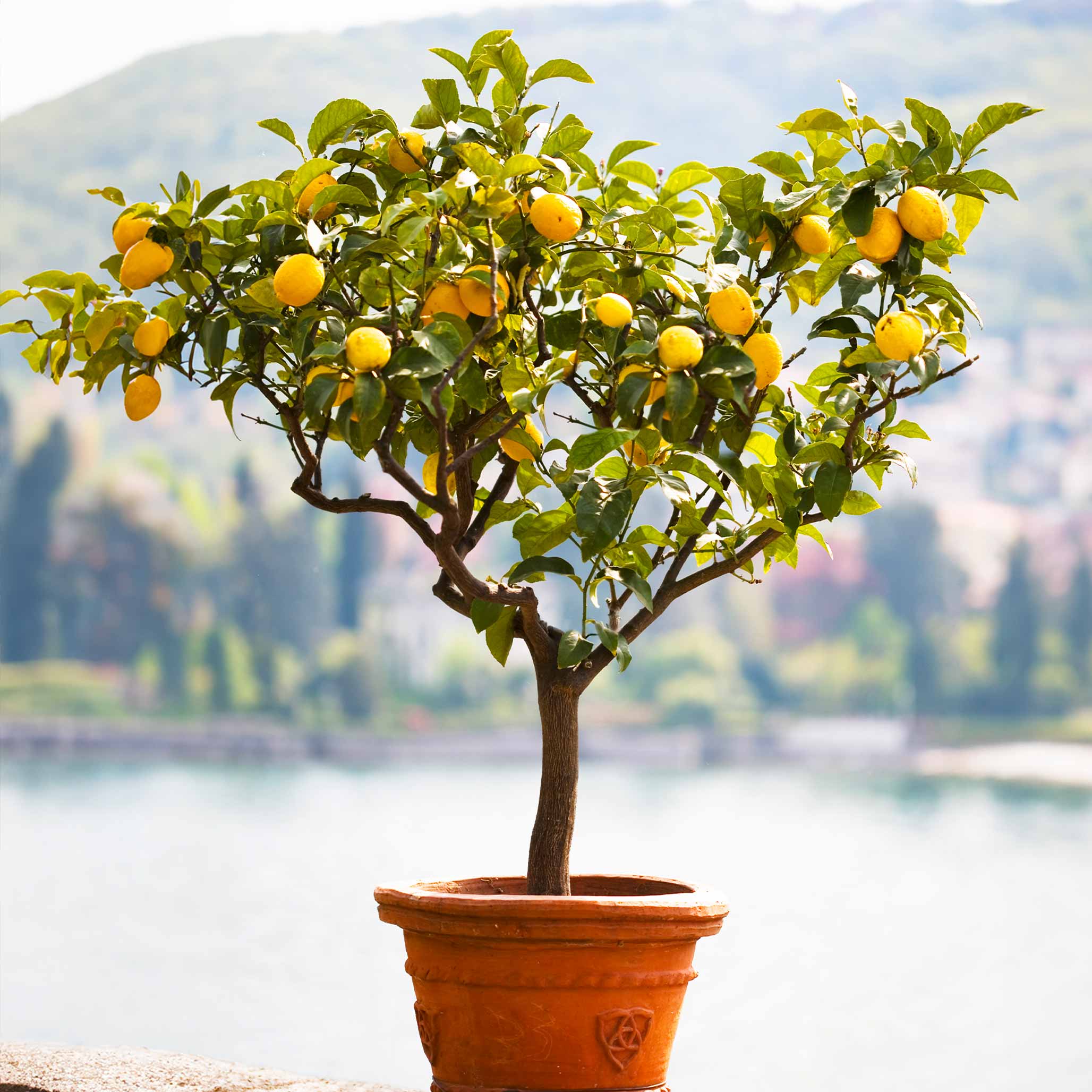
Plants 101
Patio Gardening 101: Growing in Containers
If you’ve ever dreamed of having a lush garden but lack a sprawling backyard, don’t worry—patio gardening is the perfect solution! In this guide, we’ll walk you through the essentials of growing plants in small spaces.

Outdoor container gardening is an easy and rewarding way to bring nature closer to home, no matter how small your space is. Growing plants in containers rather than in the ground offers several benefits, including less hassle with weeds, better control over soil quality and pest management, and the flexibility to grow plant varieties that might not typically grow in your climate! With the right plants, containers, and care, you can enjoy homegrown food and beautiful flowers year-round. Below, we’ll cover everything you need to know to create a thriving patio garden—no backyard required.
Assess Your Space
Before you start planting, take a look at your patio or balcony and consider how many hours of direct sunlight your space will receive. Most vegetables and flowers need at least 6 hours of direct sunlight daily. You can easily determine which exposure your space faces by using a compass app on your phone. South-facing areas get the most direct sunlight, east-facing receiving morning light, west-facing catching strong afternoon sun, and north-facing being the shadiest.
Be mindful of obstructions like tree canopies, buildings, or overhangs, as they can block sunlight and create more shade than the patio’s direction alone would suggest.
Picking the Right Plants
Once you determine your spaces sunlight exposure, you can choose the best plants that thrive in those conditions and are well-suited for container gardening. Sun-loving plants like citrus and flowering shrubs thrive in full sun, while shade-tolerant options like tropicals and leafy greens do well with less light. Depending on your zone, hardy plants like hydrangeas, evergreen shrubs, and ornamental grasses can stay outdoors year-round in containers, as they can survive winter with proper insulation.
If you live in a colder climate, tropical plants that can’t withstand winter temperatures in your region should be brought back inside and treated as a houseplant until conditions warm back up. On the other hand, if you’re planting perennials, woody trees or shrubs in containers outdoors you’ll need to protect the roots from frost come winter. Consider using frost-resistant pots and wrapping containers in burlap or bubble wrap to protect roots from freezing temperatures. Planting in larger containers will also help to insulate the roots, as well as moving planters against a building or in a garage where temperatures are above freezing or just warmer.

Choosing Containers
There are a wide variety of container types to choose from depending on your needs including window boxes, hanging baskets, ground planters, and even grow bags. If space is limited, using vertical planters that are wall-mounted or stackable, as well as hanging baskets for trailing plants, are great ways to help maximize space. The most important thing to remember though is to always choose a planter that has drainage to prevent excess water from pooling at the roots, which can cause rot.
Containers come in various materials, each with unique benefits—terracotta is porous and allows for good airflow but dries out quickly, making it ideal for plants that prefer drier conditions. Plastic and fiberglass planters are lightweight, retain moisture well, and are more resistant to weather changes. Metal, wood, and concrete planters are durable and visually appealing, though metal can overheat in the sun, wood may require sealing, and concrete is heavy but excellent for insulation.
When deciding on container sizes for trees, perennials, or evergreens, try to choose a pot that is at least twice the size of the plant's root ball to accommodate future root growth. Trees and large shrubs need deep, sturdy containers (preferably 18-24 inches deep) to support their root systems and to prevent tipping during strong winds. Perennials and evergreens benefit from insulated or thick-walled pots that help regulate soil temperature, especially in colder climates.
Soil and Fertilizing
Garden soil is too heavy to use in containers and doesn't provide adequate pore spaces for aeration and drainage, which can deprive roots of oxygen. It'll be ideal to use an organic potting mix that is well-draining and enriched with nutrients for most potted plants. Consider using a species-specific potting mix based on what you're growing; for example, succulents thrive in a cactus/succulent potting mix designed for better aeration and drainage to meet their needs.
Plants in containers need regular fertilizing since nutrients are depleted overtime as your plants grow or can wash out with frequent waterings. You can use a liquid fertilizer throughout the growing season following the application rates which is usually on a bi-weekly to a monthly basis. Slow-release granular fertilizers are also a great option to work into the soil, providing steady nutrients over time to keep plants healthy and thriving.

Watering Best Practices
Seasonal Care Tips

Conclusion

Words By The Sill
Empowering all people to be plant people—a collection of articles from The Sill's team of plant experts across a variety of plant care topics to inspire confidence in the next generation of plant parents. Welcome to Plant Parenthood™.
Do Some Plant Shopping